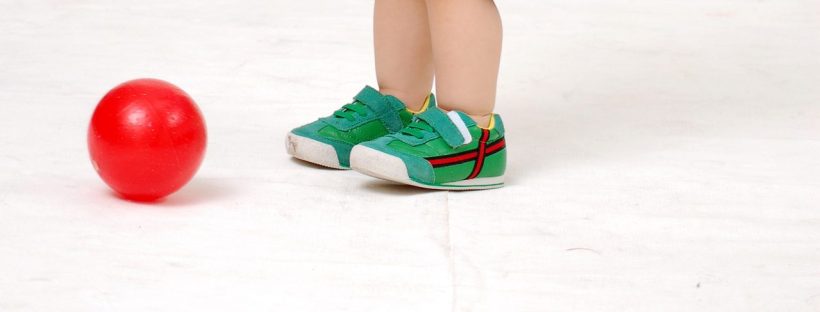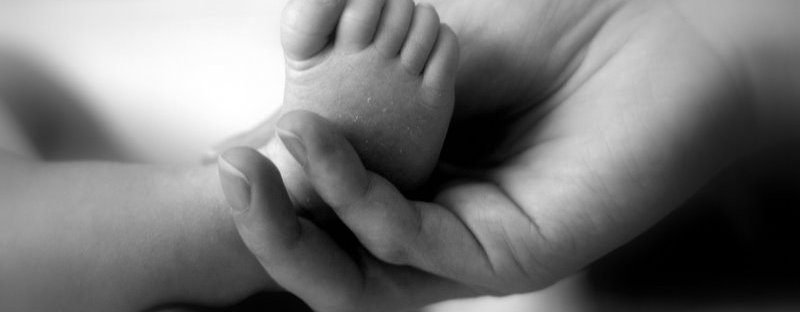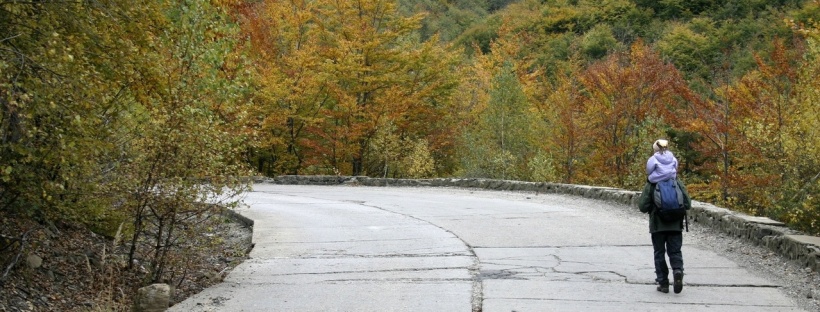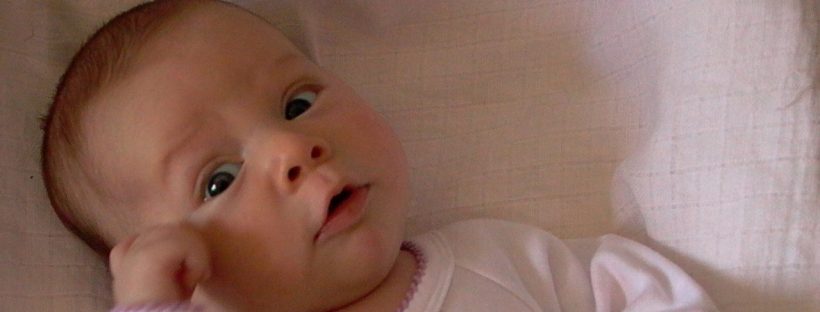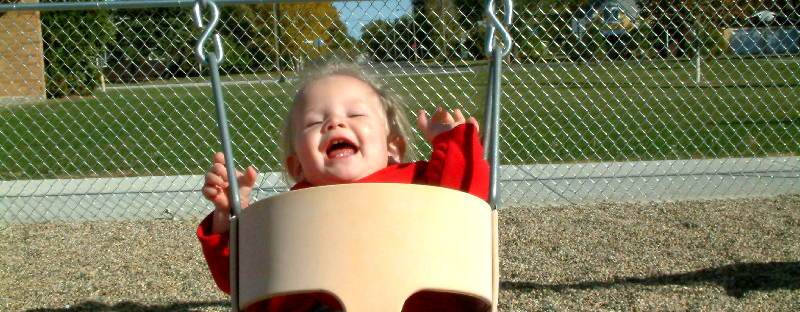As those of you with glasses can attest (why-o-why Grandma!), sight is hereditary. But wait! Experience has a huge role too! Especially in learning and sharpening many visual abilities, such as shape, size, and spatial orientation skills; fine & large movement coordination skills; and visual abstraction skills. Experience has its biggest impact on kids’ visual abilities until the age of 2 and tapers off until 8 or so years old. Make sure to let your baby’s eyes get exposed to a variety of situations, details, features, and so on. Many of these visual experiences can easily be paired with fun activities or engaging other senses!
Take a ball and roll it back and forth between you and him. Sitting in a straddle position with his legs out will be easy for the ball to stay within his reach. Take turns rolling it back and forth to each other. As he gets older, make the distance greater between you two. For instance, if he is 9 months, maybe only sit a couple of feet apart. If he is 2 years old, you could go half way across the room, and he can even stand to catch the rolling ball!
9-24M
